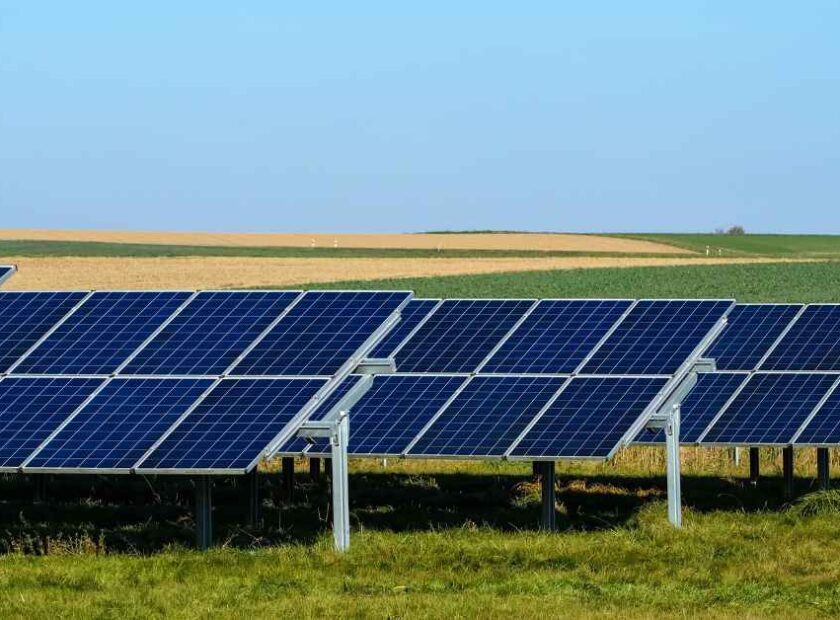Are we taking our power grids for granted? Are we failing our grids?

Our grid is an ecosystem, it is so beautifully interconnected and so complex. It touches every aspect of our lives and we all could achieve so much in our lives because electricity played a huge role. No matter what we say and how much we complain, we cannot deny the fact that these power grids have shaped our lives.
Our grids have performed very well for many many years, even today a majority of the population depends on them and that is why when the grids go down our lives become so difficult.
Since 1982 the demand for electricity grew tremendously which was mostly driven by population growth. There were more people, the purchasing power was better, people started buying televisions, machines, air conditioning, computers, and so on and the need for electricity grew exponentially. But the investment in research and innovation in this particular industry didn’t increase as much and this is where things started to go wrong.
Demand grew, but investment and upgrades didn’t.
” While hundreds of thousands of high-voltage transmission lines course throughout the United States, only 668 additional miles of interstate transmission have been built since 2000, as a result, system constraints worsen at a time when outages and power quality issues are estimated to cost American business more than $100 billion on average each year”- energy.gov
It may seem rather odd that our grids are still so ancient- in a country that is all about efficiency and technology. We are in the 21st century using a grid designed in the 20th century. Now, do you see the problem? How can you expect a grid like that to perform 100% best today? We can’t be an efficient country if our grids are not efficient.
We should have migrated to the decentralized energy production and distribution system. Our centralized grids have limitations and we should have upgraded them on time.
Did you know the United States accounts for only 4% of the world’s population but produces 25% of greenhouse gases?
We have been talking a lot about sustainability for decades now, yet most of the grids run on fossil fuels.
According to energy.gov, ” If the grid were just 5% more efficient, the energy savings would equate to permanently eliminating the fuel and greenhouse gas emissions from 53 million cars”.
The number of blackouts have increased in the past decade, these power cuts are showing the weakness of our aging grids. The grids that served us for so many years are aging and they need our attention.
According to the U.S Department of Energy, power outages have doubled in the past two decades.
Yes, the grids are going through a tough time because of many reasons like climate change, shabby infrastructures, increased energy demands, and pressure from EVs but these issues have been there for some years now and these have not suddenly cropped up, if we had done something about our aging grids on time then we may have been in a much better state. There is still hope, we can still turn everything around and make the grids resilient again. We just need to make the centralized grids work in tandem with the decentralized local sustainable power plants, these power plants will offset the load that the main grid experiences, especially during peak hours and make the electric generation and distribution system more robust.
Many grids are already working with decentralized local sustainable power plants, which are definitely the next generation of energy generation systems. This new-age energy system will be more resilient, cleaner, and reliable.
We can’t blame our grids for every outage, for the longest time these grids were our lifeline. Now the time has come to listen to our aging grids and upgrade them with a cleaner, better system.






